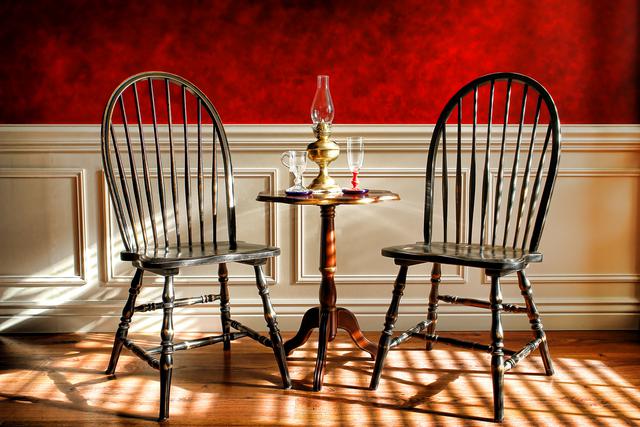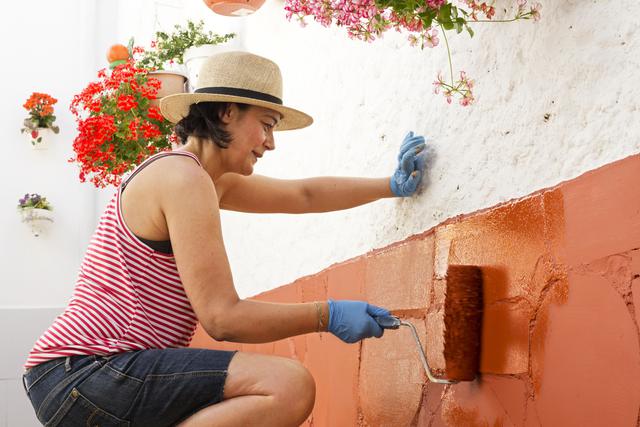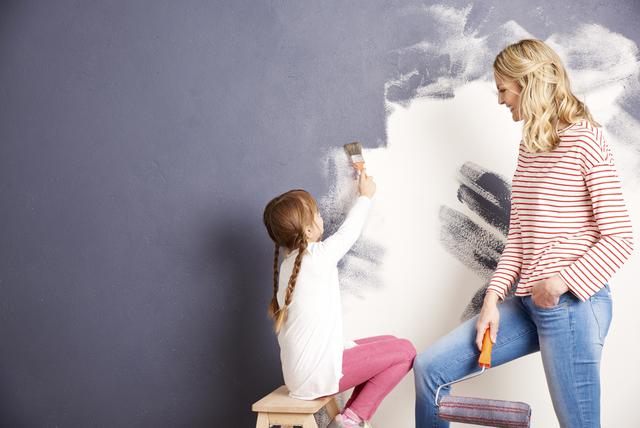Painting the interior of your home can give your living space a fresh, updated look. To ensure a successful and smooth painting project, you'll need to gather the right materials. In this article, we'll cover everything you need to know about the essential materials for an impeccable interior home painting job.
Selecting Your Paint and Primer
High-Quality Interior Paint
Investing in high-quality interior paint is crucial for achieving a professional-looking result. Look for paint that offers excellent coverage, durability, and a consistent finish.
Primer (if needed)
Using a primer can be beneficial in certain situations, such as when painting over a darker color or applying paint to a porous surface. Primers improve paint adhesion and help create an even, long-lasting finish.
Tools for Surface Preparation
Drop Cloths or Plastic Sheeting
Protect your floors and furniture from paint splatters by using drop cloths or plastic sheeting. This will save you time and effort during cleanup.
Painter's Tape
Painter's tape is essential for creating crisp, clean lines and protecting trim, baseboards, and other areas you don't want to be painted.
Sandpaper or Sanding Sponges
Sanding walls and trim smooths out any imperfections and rough spots, ensuring a better paint finish. Use fine-grit sandpaper or sanding sponges for best results.
Patching Compound and Putty Knife
Fill any holes or cracks with a patching compound, using a putty knife to apply and smooth the filler. This will create a seamless surface for painting.
Cleaning Supplies
A clean surface is essential for proper paint adhesion. Use a mild detergent and water to clean walls, trim, and other surfaces before painting.
Essential Painting Tools
Paintbrushes and Rollers
Choose high-quality brushes and rollers for smooth paint application. Use angled brushes for cutting in around edges and corners, and rollers for larger surfaces.
Paint Tray and Liners
A paint tray is necessary for holding paint while using a roller. Consider using disposable liners for easy cleanup.
Extension Pole
An extension pole allows you to paint hard-to-reach areas, such as high walls or ceilings, without the need for a ladder.
Ladder (if necessary)
For areas where an extension pole isn't sufficient, a sturdy ladder will provide the necessary height to complete your painting project safely.
Paint Can Opener and Stir Stick
A paint can opener and stir stick are essential for opening paint cans and mixing the paint thoroughly before application.
Safety and Cleanup Materials
Gloves and Protective Clothing
Wear gloves to protect your hands and old clothes or coveralls to shield your skin from paint splatters.
Paint Thinner or Mineral Spirits
These solvents are useful for cleaning brushes, rollers, and other tools after painting.
With the right materials and a little preparation, you can transform your home's interior with a fresh coat of paint. Use this guide as a helpful reference when gathering the essential tools and materials for your next interior painting project.






comments